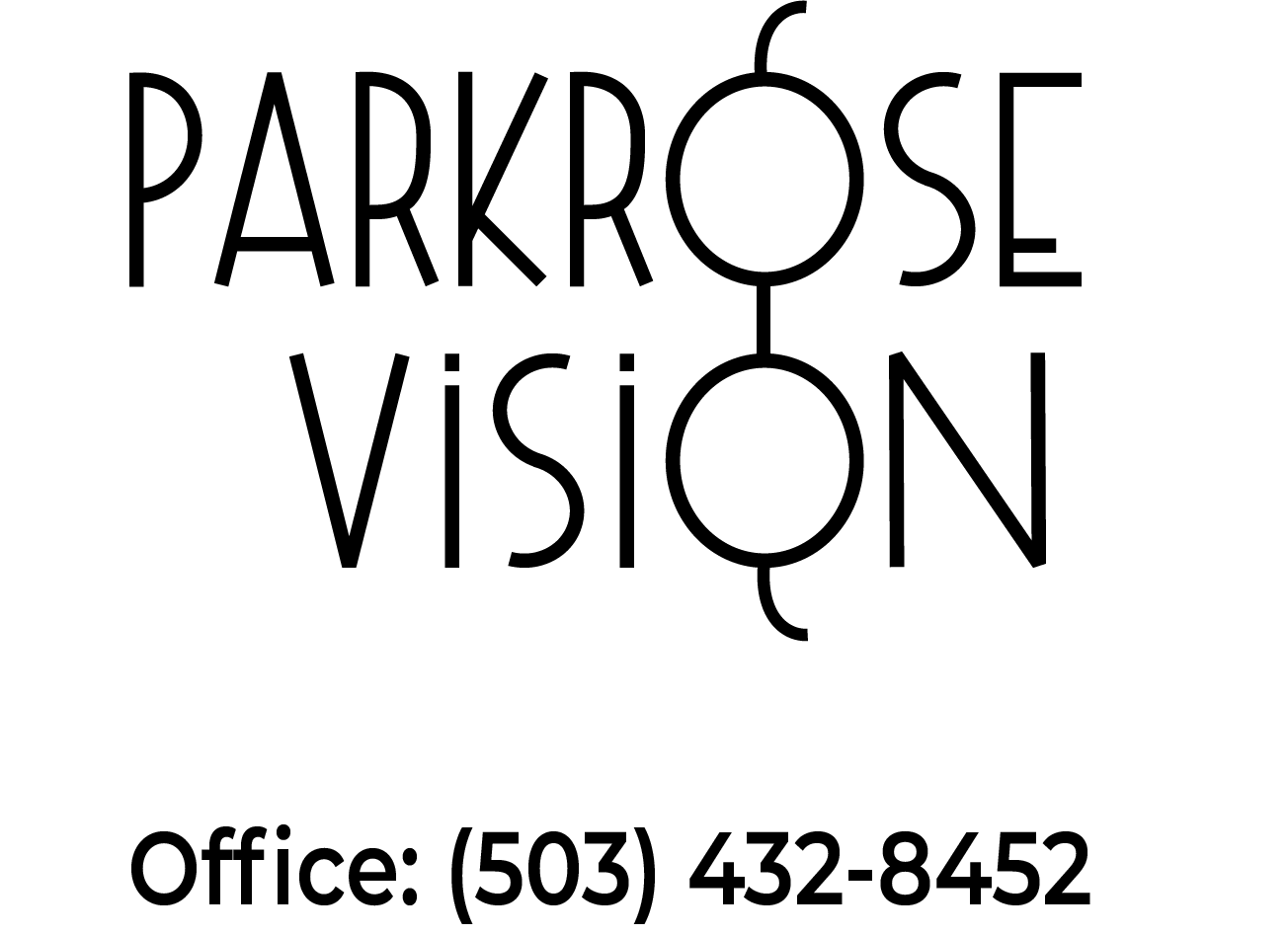Are Photochromic lenses worth it?
WHERE IT ALL STARTED
Photochromic lenses (better known as Transition lenses) as we know them today have come a long way from where they started. Corning Incorporated, first developed photochromic glass lenses in the 1960s and marketed them under the brand name PhotoGray.
Now in days. Most lenses are made out of a CR-39 monomer, a plastic material invented in the 1940s for use in WW2, however the first-generation plastic photochromic lenses were produced in 1991. Since then, Many photochromic lens products have been out in the market offering a range of features and options.
HOW THEY WORK
While lenses are in the production phase. Each lens is infused with trillions of photochromic molecules that change structure when exposed to UV rays. The molecules’ reaction to UV exposure causes the lenses to darken.
Using an exclusive, patented formula, the molecules can sense the level of UV exposure and adjust accordingly.
For example, if you’re in direct sunlight, the Photochromic lenses will be at their darkest. Shaded areas or overcast weather will still cause the photochromic (transition) lenses to adjust to the exposure, but will not darken as dramatically as when you’re in full sun.
When transitioning from outdoors to indoors, the molecules will revert to their original state, causing the lenses to lighten and become clear again.
PROS AND CONS
Pros
UV protection. Photochromic lenses offer continuous protection from the sun’s UVA and UVB rays, as well as blue light from your digital screens. So, whether you’re outdoors or in, your photochromic lenses have you covered.
Convenient. Many glasses wearers know the struggle of having to switch over from regular glasses to sunglasses. With Photochromic lenses, there’s no hassle of juggling two sets of frames, only the seamless adaption of your lenses to your environment.
Lower cost. While photochromic lenses might be considered expensive, the investment is less than having to buy a separate pair of prescription sunglasses to supplement your regular eyeglasses. With photochromic eyewear, you’re getting an all-in-one deal that your vision insurance will partially or fully cover.
Widely available. If you decide to go through your eye doctor’s office or an optical shop to get your glasses, they’ll likely offer to add photochromic lenses to whatever frames you choose. There are also online vendors that sell photochromic lenses, but make sure the lenses you’ve selected are of a reputable brand lenses before you buy. Many sites sell off-brand photochromic lenses that may not be as effective as brands like Transitions, SunSync, Photofusion, or Sensity .
Easier to keep track of. Having one pair of glasses that will adapt to your lifestyle and environment makes it less likely that you’ll lose them. As long as you remember your glasses, you’ll have remembered your sunglasses too.
Cons
Cold weather can affect the photochromic lenses. While Photochromic lenses darken when exposed to UV rays, temperature influences how quickly the photochromic molecules react in your lenses. Cold weather causes the molecules to move more slowly, so it may take longer for your lenses to darken.
Slow return to clear lenses. Transitions Signature GEN 8 lenses, for example. Promise to clear up indoors faster than ever. While this true and on average takes less than a minutes, the response is still not immediate. Depending on conditions there can be a few minutes during which your lenses will be tinted indoors as they return to normal.
Some styles don’t fully darken in vehicles. Car manufacturers typically tint windshields to reduce the amount of UV radiation entering the cabin. With lessened UV exposure, some photochromic lenses may not darken fully while you’re driving. However, there are now certain styles that also darken when exposed to natural light, which addresses this problem.
STYLES COLORS AND MORE
Photochromic lenses Now in days are produced by well know optical technology companies. Essilor, the owners of Transitions are the most well know brand of photochromic lenses. Others include Zeiss with Photofusion lenses, Hoya with Sensity and Unity with SunSync. Each one of these products have different features and color options. This allows for everyone to get the photochromic lenses that work best for them. Some of the most common colors are Gray, Brown and Green. Depending on the brand, base material of the lens and prescription there are some more unique options available like Blue and Violet.
How do I figure out what works best for me?
Working with a experienced Optician is the best way to find the perfect product for you. Working closely with your Optometrist and Optician you can have peace of mind knowing that their recommendations will always be in your best interest based off of your wants and needs. Based off of your vision needs one photochromic product might work better than another also one color might work better for you than another.
If you are looking into getting a pair of photochromic lenses. Make an appointment with your Eye Care professional and they would be more than happy to help you with all options available to you.
